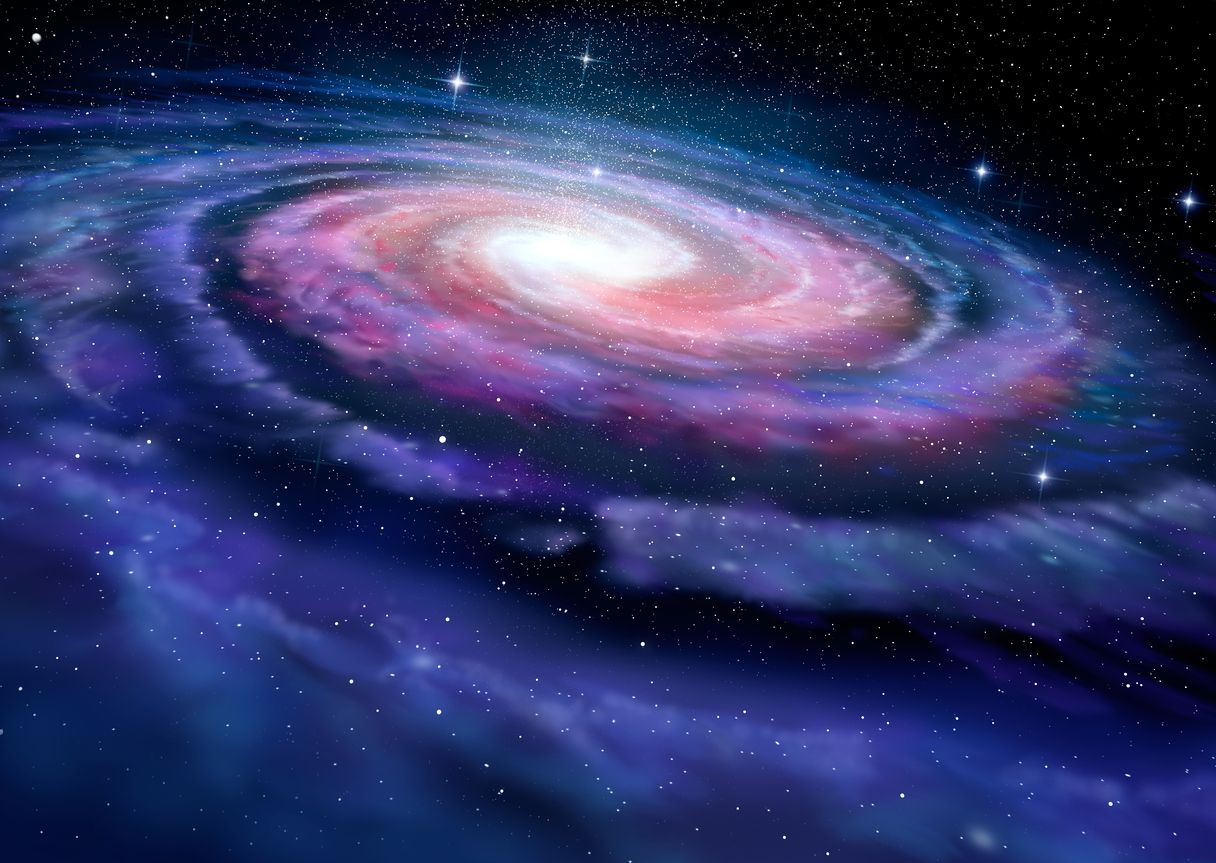Learn all about the beginning of the private space race in the book.
How To Make A Spaceship
Book: https://goo.gl/7rF2al
Peter H. diamandis / XPRIZE julian guthrie / penguin press stephen hawking richard branson / virgin galactic
Learn all about the beginning of the private space race in the book.
How To Make A Spaceship
Book: https://goo.gl/7rF2al
Peter H. diamandis / XPRIZE julian guthrie / penguin press stephen hawking richard branson / virgin galactic
In Brief
Rocket science isn’t easy. Ask any engineer. Rocket science isn’t cheap. Just ask NASA. Fortunately, in recent years, a number of commercial spaceflight companies have stepped up to the plate in order to help national space agencies extend their reach into the final frontier.
Innovative companies like Elon Musk’s SpaceX and Jeff Bezos’ Blue Origin have accelerated the development of reusable rockets exponentially. In so doing, they have dramatically reduced the cost of leaving our pale blue dot, improving both our ability to explore the cosmos and scientists’ capacity to conduct research beyond Earth.
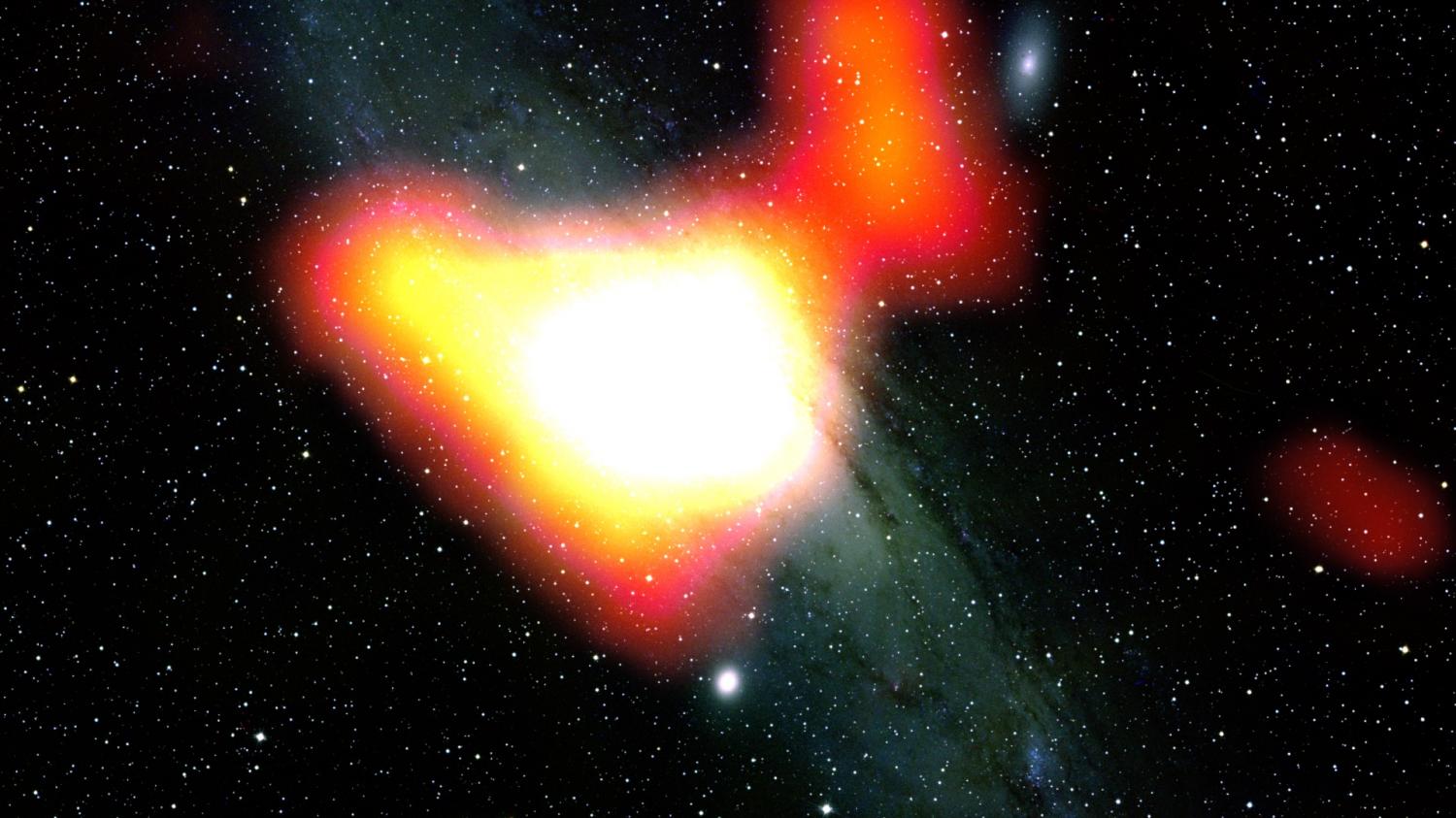
NASA’s Fermi Gamma-ray Space Telescope has found a signal at the center of the neighboring Andromeda galaxy that could indicate the presence of the mysterious stuff known as dark matter. The gamma-ray signal is similar to one seen by Fermi at the center of our own Milky Way galaxy.
Gamma rays are the highest-energy form of light, produced by the universe’s most energetic phenomena. They’re common in galaxies like the Milky Way because cosmic rays, particles moving near the speed of light, produce gamma rays when they interact with interstellar gas clouds and starlight.
Surprisingly, the latest Fermi data shows the gamma rays in Andromeda—also known as M31—are confined to the galaxy’s center instead of spread throughout. To explain this unusual distribution, scientists are proposing that the emission may come from several undetermined sources. One of them could be dark matter, an unknown substance that makes up most of the universe.

Well I for one would be in the 6%.
A new survey has found that only 6% of respondents would be happy to live in a proposed Equatorial Low Earth Orbit (ELEO) settlement, where humans live in a small cruise ship-like space station at a similar orbit to the ISS.
Four conditions were set for respondents to assess and while at least 30% said they agree with at least one of them, the number shrank significantly when it came to those who could accept all the conditions.
These were that the settlement itself would require permanent residence, would be no bigger than a large cruise ship, would contain no more than 500 people and would require residents to be willing to devote at least 75% of their wealth to move in.
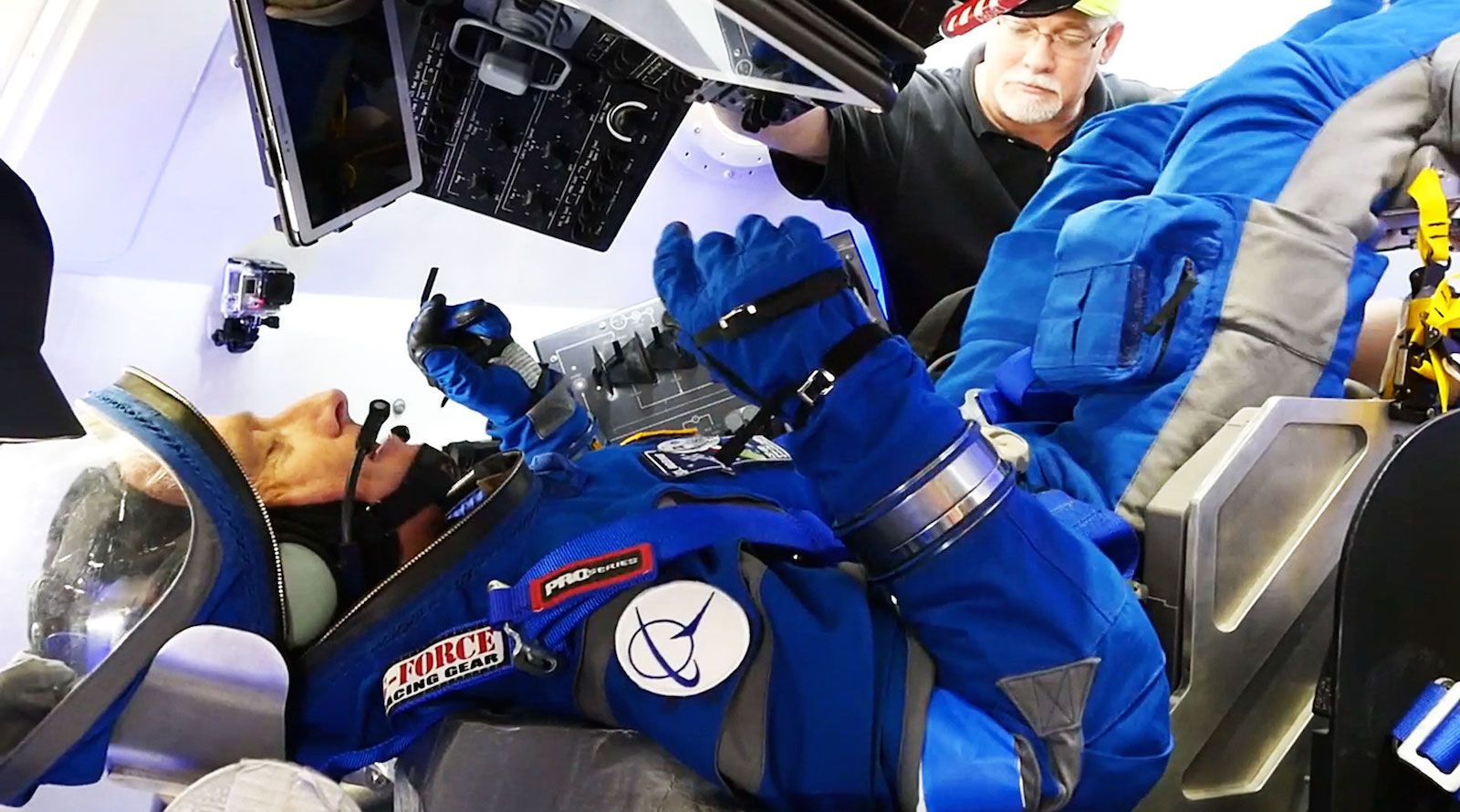
By Kelsey Tollefson | Executive Editor John Lenker
Space suits are iconic—a visual metaphor for the excitement of the original Space Race and mankind’s first forays off our planet. While many still associate space travel with the puffy white suits worn by astronauts in the 1960s, a proliferation of sci-fi movies in the intervening decades has opened our imaginations to a wider array of possibilities. Far from being fantastical, these new spacesuits reflect an evolved understanding of the considerations involved in protecting the human body from harsh environments outside Earth’s atmosphere.
Related: Under pressure: the past, present, and future spacesuit market.
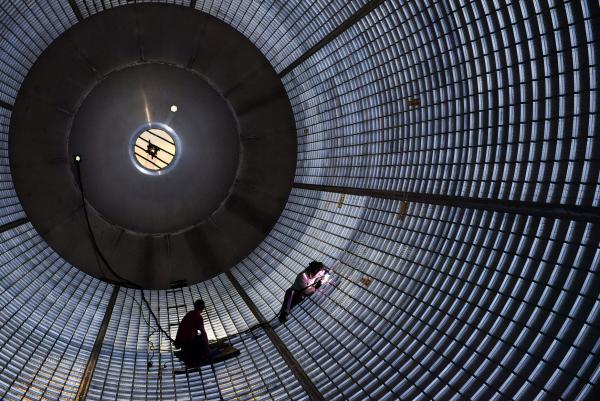
Feb. 15 (UPI) — The U.S. National Aeronautics and Space Administration on Wednesday indicated that President Donald Trump may want the United States to resurrect its pioneering spirit in outer space — much the same way another American leader did five decades ago.
Acting NASA Administrator Robert M. Lightfoot, Jr., sent a memo to employees Wednesday saying he had instructed the agency to work up a feasibility report on adding astronauts to its planned EM-1 flight late next year.
The mission, which is currently unmanned, will launch NASA’s new Space Launch System rocket with an Orion capsule. The spacecraft would orbit the moon and return to Earth. The agency’s EM-2 mission, scheduled for years later, was supposed to be the spaceflight to carry humans.
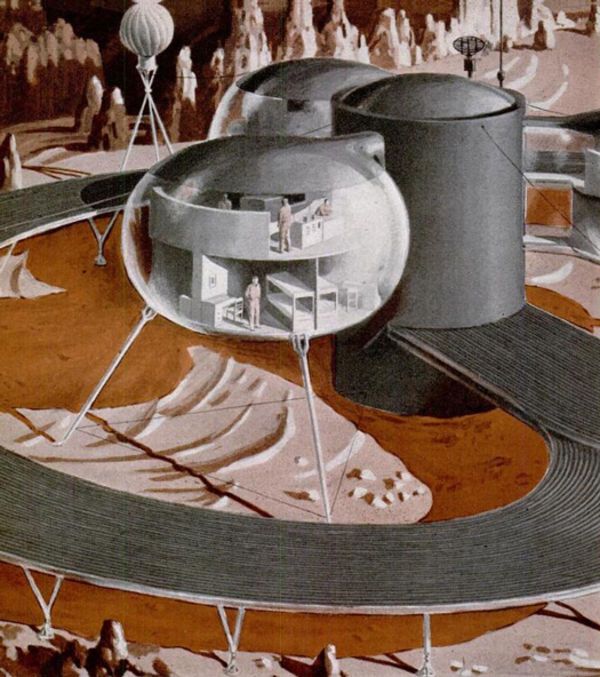
A little more than 40 years ago, Dubai was a tiny pearl-fishing village lined with dirt roads. Now it’s the largest and most futuristic city in the world, the jewel of the United Arab Emirates (UAE). From manmade, palm tree-shaped archipelagos to jetpack-wearing firefighters and the world’s tallest building, the city has a reputation for taking on insanely ambitious projects and executing them with swiftness and expertise. Now, the UAE has a vision to build an even crazier city—on Mars.
On Tuesday, hot on the heels of the World Government Summit in Dubai, the vice president and prime minister of the UAE and Emir of Dubai, Sheikh Mohammad bin Rashid Al Maktoum, announced the country’s goal of building a “mini-city and community on Mars” with international cooperation.
“We aspire to great things, so my brother Mohammed bin Zayed [the first president of the UAE and crown prince of Abu Dhabi] and I today decided the UAE will join the global effort to send humans to Mars,” Al Maktoum announced, as if going to Mars were as easy as deciding what to have for dinner.
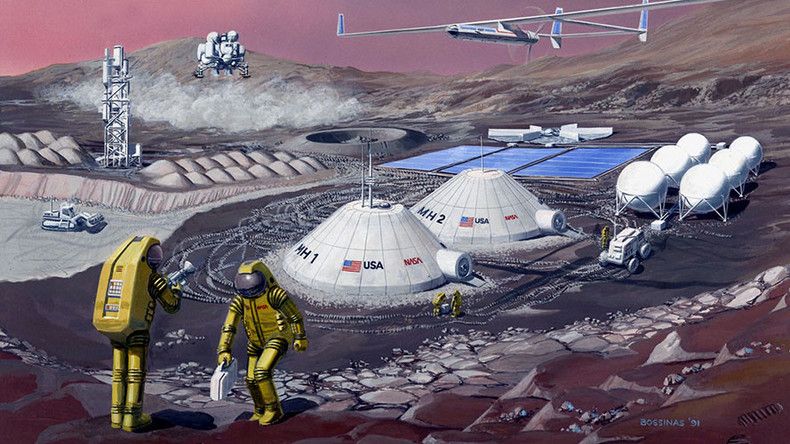
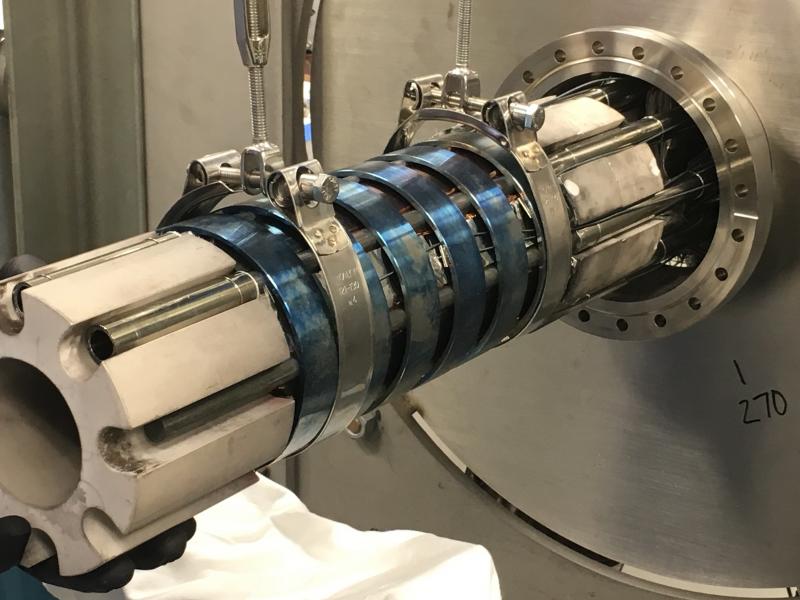
For the past five decades—from the Apollo-era lunar science experiments to the Mars Curiosity and the New Horizons missions—Pu-238 Radioisotope Thermal Generators (RTG) have served as a power source. While some of the NASA’s forays will continue to rely on these RTGs, others will require larger power sources to enable human space and planetary exploration and establish reliable high bandwidth deep-space communications. Solar power cannot handle this goal. A larger nuclear-based power source is required.
In a recent Washington Post article, Jeff Bezos, founder of amazon.com and creator of Blue Origin space project said, “I think NASA should work on a space-rated nuclear reactor. If you had a nuclear reactor in space—especially if you want to go anywhere beyond Mars—you really need nuclear power. Solar power just gets progressively difficult as you get further way from the sun. And that’s a completely doable thing to have a safe, space-qualified nuclear reactor.”
Calls for space nuclear power are not new. In fact, numerous reactor concepts have been proposed in the past. Their development is often dampened by the perception that nuclear is too hard, takes too long and costs too much.
